What is the most profitable fish to farm?
Are you struggling to find a profitable venture in aquaculture? Many aspiring fish farmers face the challenge of high startup costs and uncertain returns, making the dream of a successful fish farm seem out of reach.
The most profitable fish to farm is often Tilapia. It's known for its rapid growth, adaptability to various environments, and strong market demand. Low production costs and a simple, cereal-based diet make it an excellent choice for both new and experienced farmers seeking consistent returns.
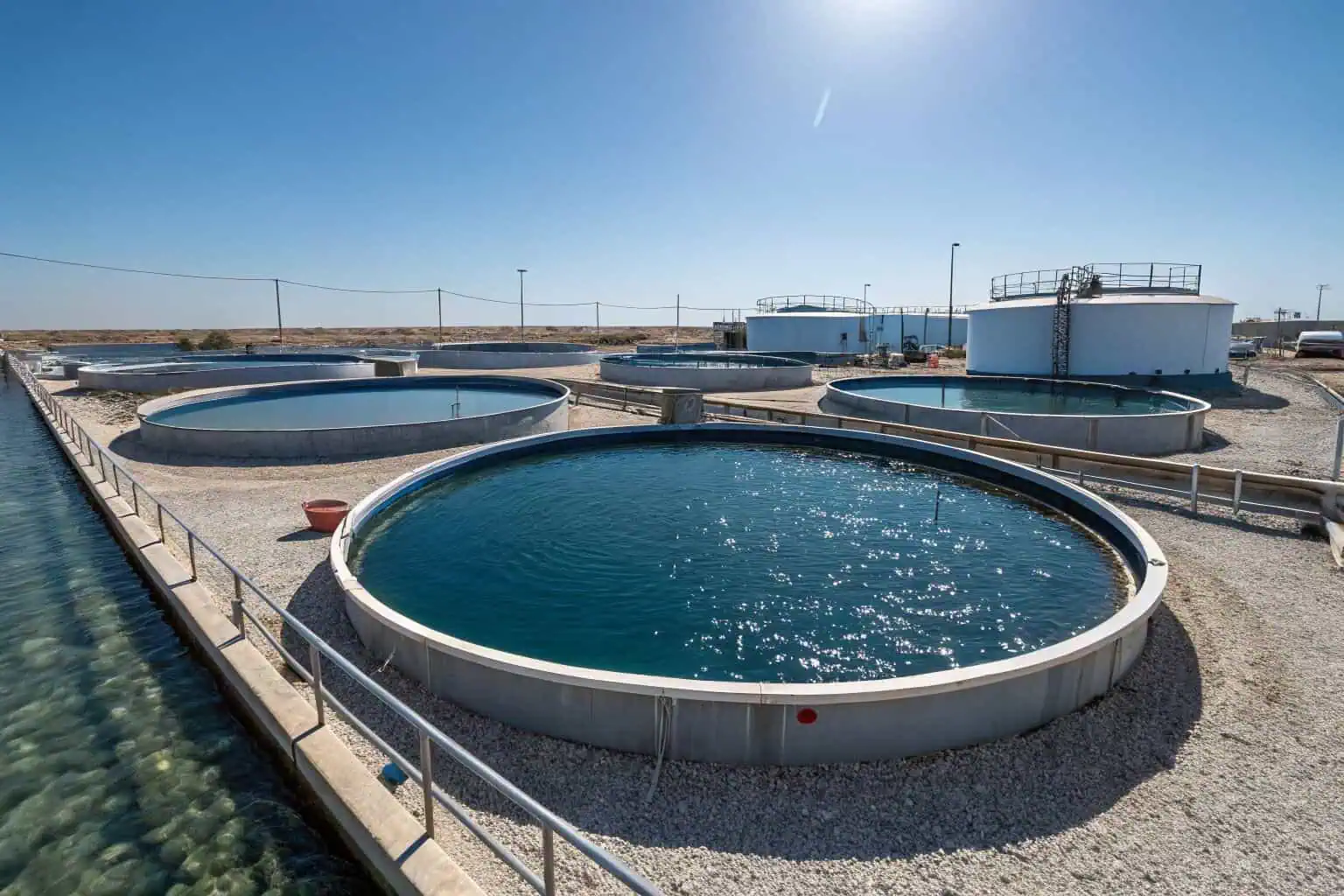
As someone who has been deeply involved in the aquaculture industry for years, I've seen many people jump into farming high-value fish like salmon, only to be overwhelmed by the massive investment in infrastructure and feed. On the other hand, I've also witnessed farmers achieve remarkable success with more modest species. The secret isn't always chasing the highest market price. It's about understanding the entire economic picture of each species. Profitability is a complex equation that balances market demand, growth rate, feed efficiency, and disease resistance. Finding the right fish for your specific resources and target market is the true key to building a sustainable and thriving aquaculture business. Let's explore some of the best options to help you make an informed decision.
What is the best fish to breed for profit?
Choosing the right fish to breed can feel like a gamble. You want a species that not only sells well but also reproduces efficiently without requiring a complex, expensive hatchery setup.
For breeding profitability, Catfish is an excellent choice. They are hardy, have a high spawning success rate in controlled environments, and their fry grow quickly. This allows for a faster turnaround from breeding to market-sized fish, maximizing your operational efficiency.
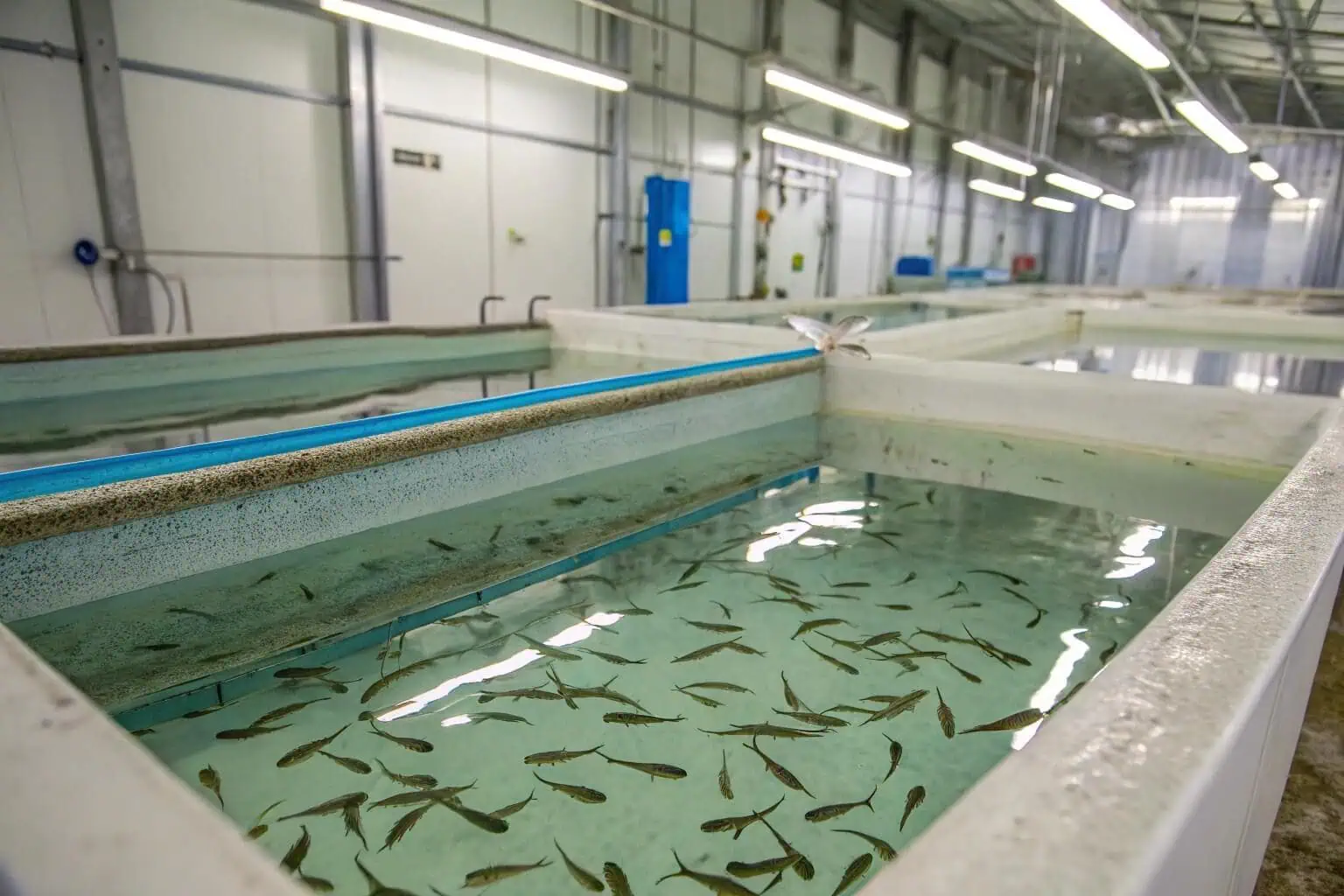
When we talk about breeding, we're moving beyond just growing fish to selling them; we're creating the very source of the stock. This requires a different skill set and a deeper understanding of the fish's life cycle. I remember a colleague who decided to specialize in breeding ornamental Koi1. While the price per fish was incredibly high, the market was niche, and the care required was intensive. In contrast, another farmer I know focused on breeding Channel Catfish2 for local growers. The price per fry was much lower, but the volume was immense and the demand was constant. This is where the real business of breeding for profit lies. It's about identifying a fish that is not only popular for consumption but also has breeding characteristics that align with a scalable business model. You need a species that is resilient and can produce large, healthy batches of offspring consistently.
Comparing Breeding Characteristics
When selecting a fish for a breeding program, several factors come into play. It's not just about how many eggs they lay, but also about the survival rate of the fry3, the ease of inducing spawning, and the time it takes for the offspring to become viable for sale or for growing out. Different species present different challenges and opportunities.
Key Factors for Profitable Breeding
To succeed, you need to look at the whole picture. A fish might be easy to breed but have low market demand, or vice-versa. For instance, while Salmon have high market value, their breeding cycle4 is long and complex, requiring both freshwater and saltwater environments, which is a significant barrier for small-scale farmers. Tilapia are famously easy to breed—sometimes too easy, leading to overpopulation in ponds—but managing their reproduction is key to a profitable operation. Catfish strike a great balance, offering a straightforward breeding process and a robust market.
| Fish Species | Spawning Difficulty | Fry Survival Rate | Growth Rate | Market Demand |
|---|---|---|---|---|
| Catfish | Low | High | Fast | High |
| Tilapia | Very Low | High | Very Fast | High |
| Trout | Medium | Medium | Fast | Medium |
| Salmon5 | High | Low | Medium | High |
What is the best fish to farm for money?
Are you looking for the most direct path to making money in fish farming? The choices can be confusing, with every expert seeming to recommend a different species. You need a reliable fish that promises a solid financial return.
When it comes to farming purely for money, Tilapia and Catfish are consistently top contenders. Their fast growth cycles, hardiness, and established markets mean you can get your product to sale faster and with fewer losses, ensuring a quicker and more reliable return on your investment.
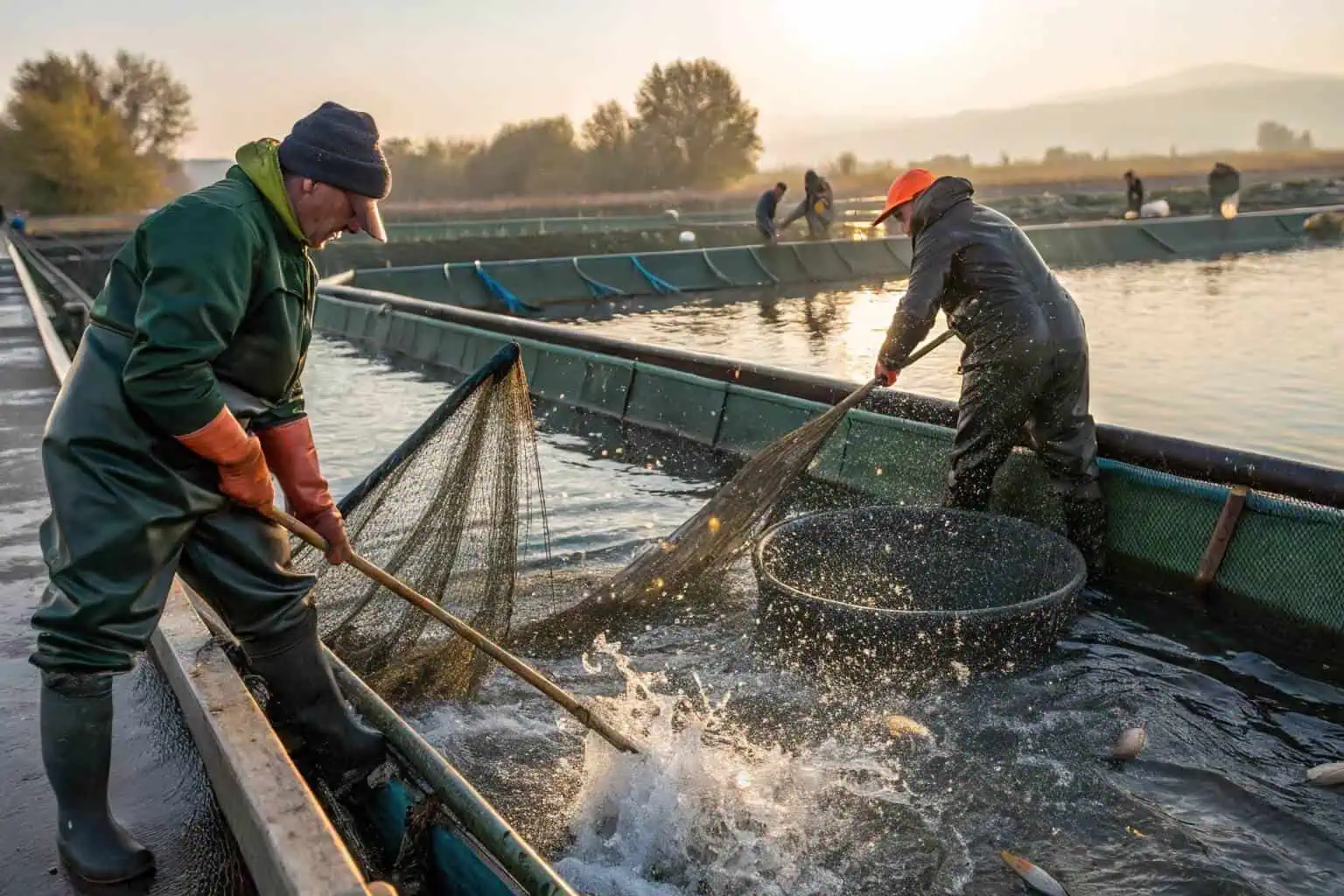
I've always believed that the 'best' fish is the one that fits your business plan. I once advised a young entrepreneur who was determined to farm Barramundi6 because of its gourmet reputation. He had the passion but hadn't factored in the high costs of maintaining the specific water temperatures it requires. He eventually switched to Catfish, and his business took off. Why? Because he could raise them in simple, cost-effective ponds, and there was a huge, hungry local market for them. This experience taught me a valuable lesson: chasing high-end markets can be a trap. True financial success in this industry often comes from efficiency and volume. It's about producing a quality, in-demand product at a cost that leaves you with a healthy profit margin, time and time again.
Cost vs. Revenue Analysis
Profitability is a simple formula: Revenue - Cost. To find the best fish for making money, we need to break down these two components. High-revenue fish like Tuna or Salmon often come with exceptionally high costs related to feed, space, and environmental controls. In contrast, species like Tilapia have lower market prices but also much lower production costs7.
Factors Influencing Financial Return
The financial viability of a fish farm8 depends on more than just the species. Your location, access to markets, and scale of operation play huge roles. For example, farming Trout can be very profitable if you are located in a region with cold, clean water and a local demand for recreational fishing or fresh fillets. However, trying to farm Trout in a warm climate would be financially disastrous due to cooling costs. The key is to match the fish to your environment and your market.
| Fish Species | Startup Cost | Operating Cost | Market Price | Profit Potential |
|---|---|---|---|---|
| Tilapia | Low | Low | Medium | High |
| Catfish | Low | Low | Medium | High |
| Cod | High | High | High | Medium |
| Tuna9 | Very High | Very High | Very High | Variable |
Which fish farming is more profitable?
With so many types of aquaculture systems, from traditional ponds to high-tech indoor tanks, how do you know which method will make you the most money? The system you choose can impact your profits as much as the fish itself.
Generally, pond farming and cage aquaculture systems tend to be more profitable for common species like Tilapia and Catfish, as they have lower initial investment and operational costs compared to high-intensity systems like Recirculating Aquaculture Systems (RAS).
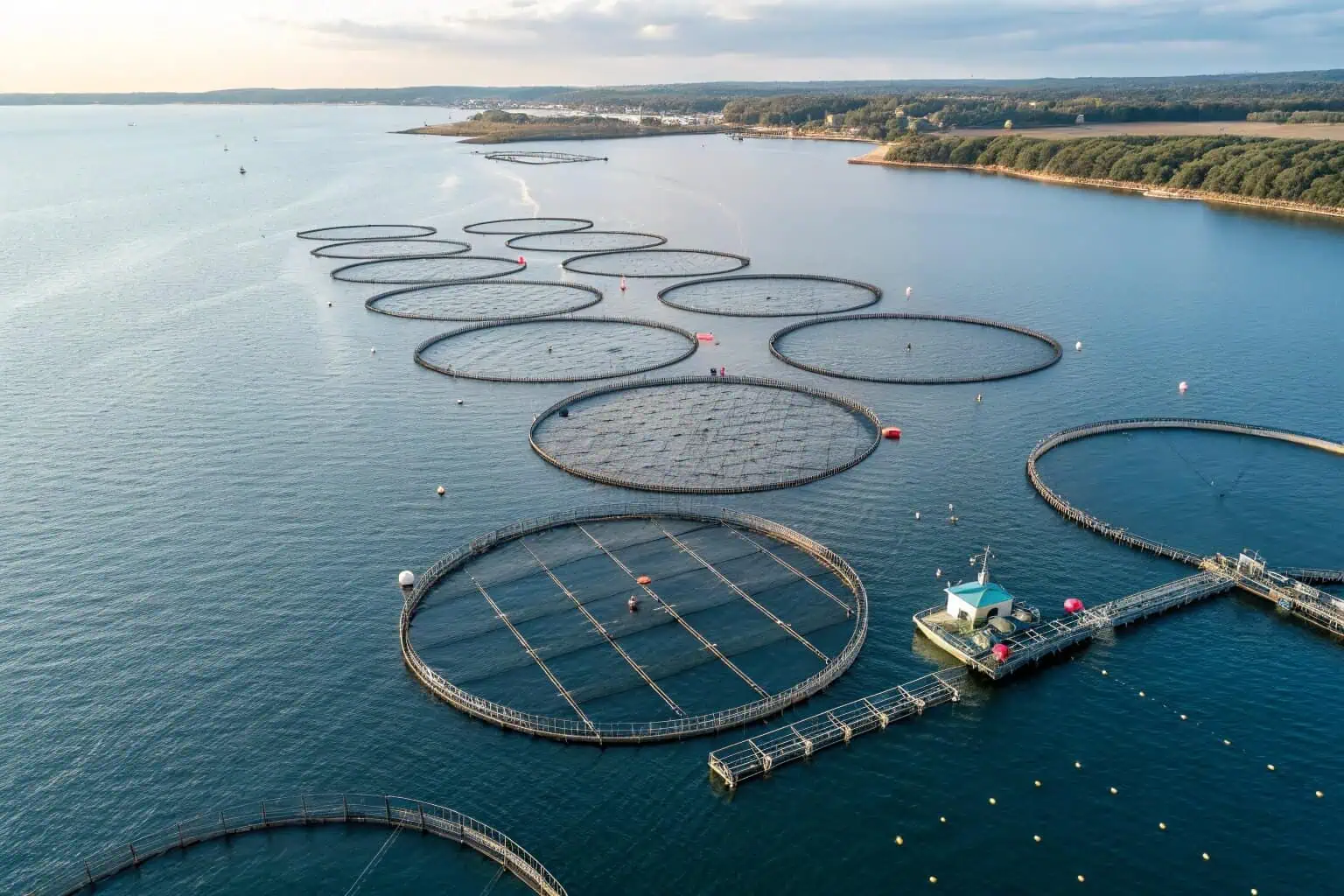
I've toured dozens of fish farms, and the diversity of approaches is always fascinating. I've seen massive earthen ponds stretching for acres, and I've seen compact, indoor RAS facilities10 that look more like science labs. The farmers using ponds often talk about their connection to the land and the natural rhythms of the seasons. The indoor farmers, on the other hand, speak the language of data, optimizing every variable for maximum output. Both can be profitable, but their business models are worlds apart. The pond farmer's profitability11 is tied to scale and low-cost operation. The indoor farmer's profit comes from high-density production and year-round harvesting, which allows them to hit market windows that others can't. The choice of system is a strategic one that defines your entire business.
Comparing Farming Systems
The profitability of a fish farm is directly linked to the system used. Each system has its own set of costs, benefits, and suitable species12. A system that is perfect for one fish might be completely wrong for another.
Matching Species to Systems for Profit
To maximize profitability, you must align your chosen fish species with the most efficient farming system. For example, raising hardy, adaptable fish like Catfish in low-cost ponds is a classic recipe for success. Trying to raise them in an expensive RAS would erase your profit margins. Conversely, a high-value, sensitive species like Striped Bass13 might only be viable in a controlled RAS environment where water quality can be meticulously managed. Our Bancy collapsible fish tanks offer a flexible, cost-effective alternative, combining the low startup cost of ponds with some of the control of tank systems, making them ideal for a variety of species.
| Farming System | Initial Cost | Operating Cost | Suitable Species | Profitability |
|---|---|---|---|---|
| Pond Farming14 | Low | Low | Tilapia, Catfish, Carp | High |
| Cage Culture | Medium | Low | Salmon, Tilapia, Barramundi | High |
| RAS (Indoor) | Very High | High | Striped Bass, Salmon | Variable |
| Collapsible Tanks15 | Low-Medium | Low | Tilapia, Catfish, Perch | High |
Which fish is best for money?
When you boil it all down, what is the single best fish to raise if your primary goal is making money? You need a species that is resilient, grows fast, and has a market that will eagerly buy everything you can produce.
For the best return on investment, Tilapia is arguably the number one choice. Its combination of incredibly fast growth, tolerance for a wide range of conditions, low feed costs, and massive global demand makes it the most reliable fish for making money in aquaculture.
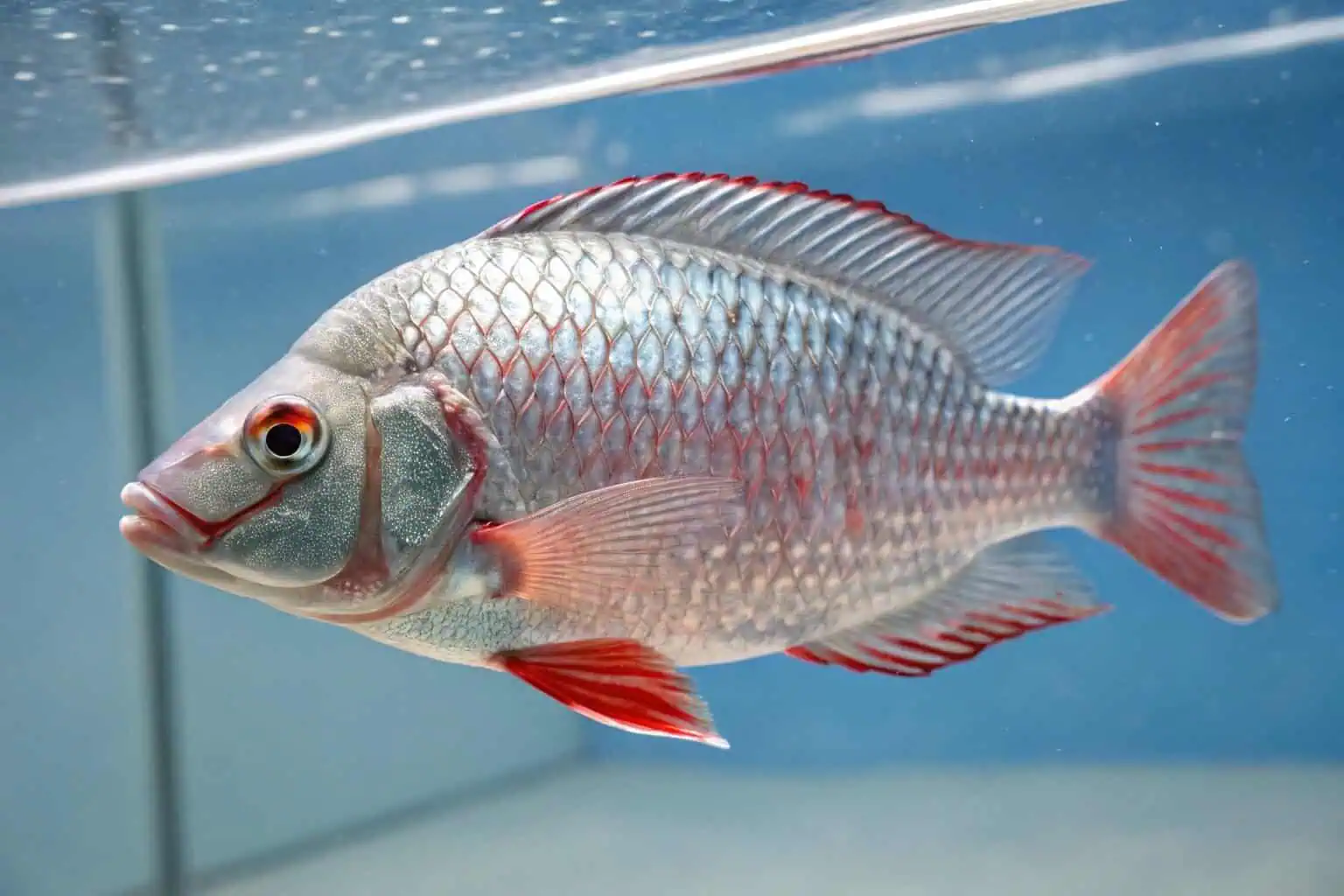
If I had to start a new fish farm tomorrow with the sole objective of turning a profit as quickly and reliably as possible, I would choose Tilapia without hesitation. I've seen it work time and again, for small family farms and large commercial operations. Its nickname, the "aquatic chicken16," is well-earned. It's a protein source that can be produced efficiently and affordably, which is exactly what the global market wants. While other fish might offer higher prices per pound, none offer the same combination of low risk and high production volume. The path to profit with Tilapia is straightforward: keep them fed, keep the water clean, and you will have a marketable product in a matter of months. It's the workhorse of the aquaculture world for a reason.
The Economic Case for Tilapia
Tilapia's economic advantages17 are hard to ignore. They are omnivores with a preference for a plant-based diet18, which makes their feed significantly cheaper than the fishmeal-heavy diets required by carnivorous species like Salmon or Trout. This single factor dramatically lowers your biggest operating expense.
Market and Growth Potential
Their growth rate is another key factor. In warm water, Tilapia can reach a harvestable size of 1.5 pounds in just 7 to 9 months. This rapid turnover allows for multiple harvests per year, smoothing out cash flow and increasing annual profits. The market is vast and varied, from live sales at local markets to frozen fillets for export. This versatility gives farmers multiple sales channels, reducing market risk. At Bancy, we provide highly durable and customizable collapsible fish tanks19 that are perfect for creating efficient, low-cost Tilapia farming systems.
| Feature | Tilapia | Other Farmed Fish (Average) |
|---|---|---|
| Time to Market | 7-9 Months | 12-24 Months |
| Feed Cost | Low (Cereal-based) | High (Protein-based) |
| Water Conditions | Highly Tolerant | Often Specific Requirements |
| Market Demand20 | Very High (Global) | Varies by Species |
Conclusion
Choosing the most profitable fish comes down to balancing costs, growth rates, and market demand. Tilapia and Catfish consistently emerge as top choices for their reliability and strong financial returns.
-
Explore this link to learn effective techniques and tips for successful Koi breeding, ensuring high-quality stock and profitability. ↩
-
Discover insights on breeding Channel Catfish, including market demand and breeding strategies to maximize your profits. ↩
-
Understanding the survival rate of fry is crucial for successful breeding, ensuring healthy populations and maximizing yield. ↩
-
Exploring the breeding cycle can help farmers choose species that align with their operational goals and market needs. ↩
-
Explore this link to understand the complexities of Salmon breeding and market dynamics, crucial for informed aquaculture decisions. ↩
-
Explore this link to understand the complexities of Barramundi farming and make informed decisions for your business. ↩
-
Understanding the impact of lower production costs can help you make informed decisions in your fish farming business. ↩
-
Understanding these factors can help you make informed decisions for a successful fish farming venture. ↩
-
Explore this link to understand the high costs and market dynamics of Tuna farming, crucial for making informed decisions. ↩
-
Explore this link to understand how indoor RAS facilities revolutionize fish farming with technology and efficiency. ↩
-
Discover insights on pond farming profitability and learn about the factors that influence success in this traditional method. ↩
-
Learn about the best species to farm for optimal growth and profitability, ensuring your fish farm's success. ↩
-
Learn about the best practices for farming Striped Bass in RAS to ensure optimal growth and profitability. ↩
-
Explore the advantages of Pond Farming, including its low costs and high profitability, to enhance your aquaculture knowledge. ↩
-
Explore this link to understand how collapsible tanks can optimize your aquaculture setup and their practical applications. ↩
-
Discover the reasons behind the nickname 'aquatic chicken' and how it relates to Tilapia's farming advantages and market appeal. ↩
-
Understanding the economic benefits of tilapia can help you make informed decisions about aquaculture investments. ↩
-
Exploring the benefits of a plant-based diet for tilapia can reveal cost-saving strategies for sustainable aquaculture. ↩
-
Learn about the advantages of collapsible fish tanks in aquaculture, which can optimize your farming setup and reduce costs. ↩
-
Exploring the market demand for tilapia can provide insights into profitability and trends in the aquaculture industry. ↩